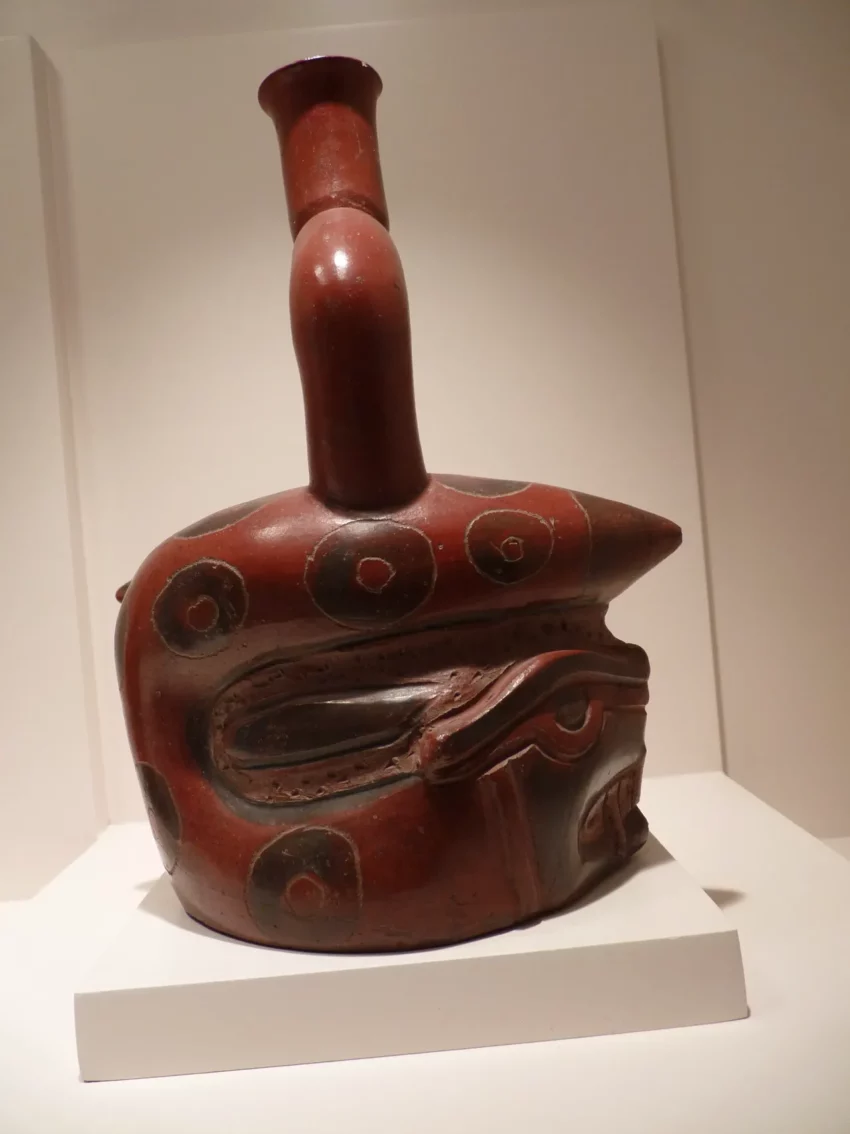Get your dose of History via Email
The Caballo Muerto Complex: An Overview
Located in the Moche Valley, on the North Coast of Peru, lies an archaeological complex of significant importance: the Caballo Muerto Complex. Comprised of several monumental construction sites, the complex offers an invaluable look into the cultural developments preceding the Moche civilization, which flourished between AD 100 and AD 800. The Caballo Muerto Complex stands as a testament to the region’s complex socio-political and religious metamorphosis around 2000 years ago, a critical period in the formation of Andean pre-Columbian societies.
The Significance of the Caballo Muerto Complex
The Caballo Muerto Complex holds significance for a variety of reasons. Most notably, it presents some of the earliest evidence of monumental architecture in the Moche Valley. This is indicative of advanced social organization and construction abilities. The complex’s development between 2000 BC and AD 100 not only sets the stage for the rise of the Moche civilization but also contributes to our broader understanding of cultural and societal evolution in ancient Peru.
The Components of the Caballo Muerto Complex
The complex itself comprises a range of sub-sites, each with its unique features and functions. The most significant of these are Huaca de los Reyes, Huaca Partida or Dos Cabezas, Huaca Santa Clara, and Mno Alto. Huaca de los Reyes and Huaca Partida hold particular importance for their grand architecture and intricate murals.
Huaca de los Reyes
Huaca de los Reyes, the largest site within the complex, reveals a sophisticated construction consisting of two platforms and a sunken courtyard. Evident from the remains are various mural adornments encompassing diverse themes, portraying human figures, animals, and intricate motifs. This site is instrumental in discerning the religious and ceremonial practices of the time, serving as a critical reference point for understanding Andean iconography preceding the Moche.
Huaca Partida or Dos Cabezas
Huaca Partida, also known as Dos Cabezas, is another paramount structure. Not only does it display significant monumental architecture but the presence of mural decorations similar to those observed at Huaca de los Reyes, suggesting cultural and religious continuity within the complex and shedding light on the commonalities shared by the various sites.
Archaeological Excavations and Research
Archaeological work at Caballo Muerto has been crucial in piecing together the prehistoric narrative of the Moche Valley. Initial investigations were conducted by Ralph Phillips in 1945, followed by Toribio Mejía Xesspe in 1946, who identified and named the Huaca de los Reyes. Subsequent studies and excavations have been undertaken by various researchers, including Peruvian archaeologist Rosa Fung. These excavations have uncovered a wealth of ceramic materials, architectonic elements, and other artefacts essential in constructing the site’s past and its significance within the development of complex North Coast societies in Peru.
Conservation and Challenges
Conservation efforts at the Caballo Muerto Complex are ongoing, with a recognition of the need to preserve this cultural heritage site for posterity. A significant challenge in these efforts is the threat of urban expansion, which has, over the years, led to portions of the complex being destroyed. Engaging with local communities, government bodies, and international organizations is therefore crucial to ensure the protection and continued study of these ancient remnants.
Conclusion
The Caballo Muerto Complex serves as a prelude to the Moche civilization, offering a snapshot into Peru’s intricate past. Through the study and preservation of this ancient complex, scholars are able to gain a deeper understanding of the cultural and ceremonial practices that were prevalent in the Moche Valley during the formative years leading up to the rise of the Moche state. The site stands as an indelible marker of the region’s rich pre-Columbian heritage, underscoring the significance of archaeological research in comprehending the vast tapestry of human history.
Sources:

